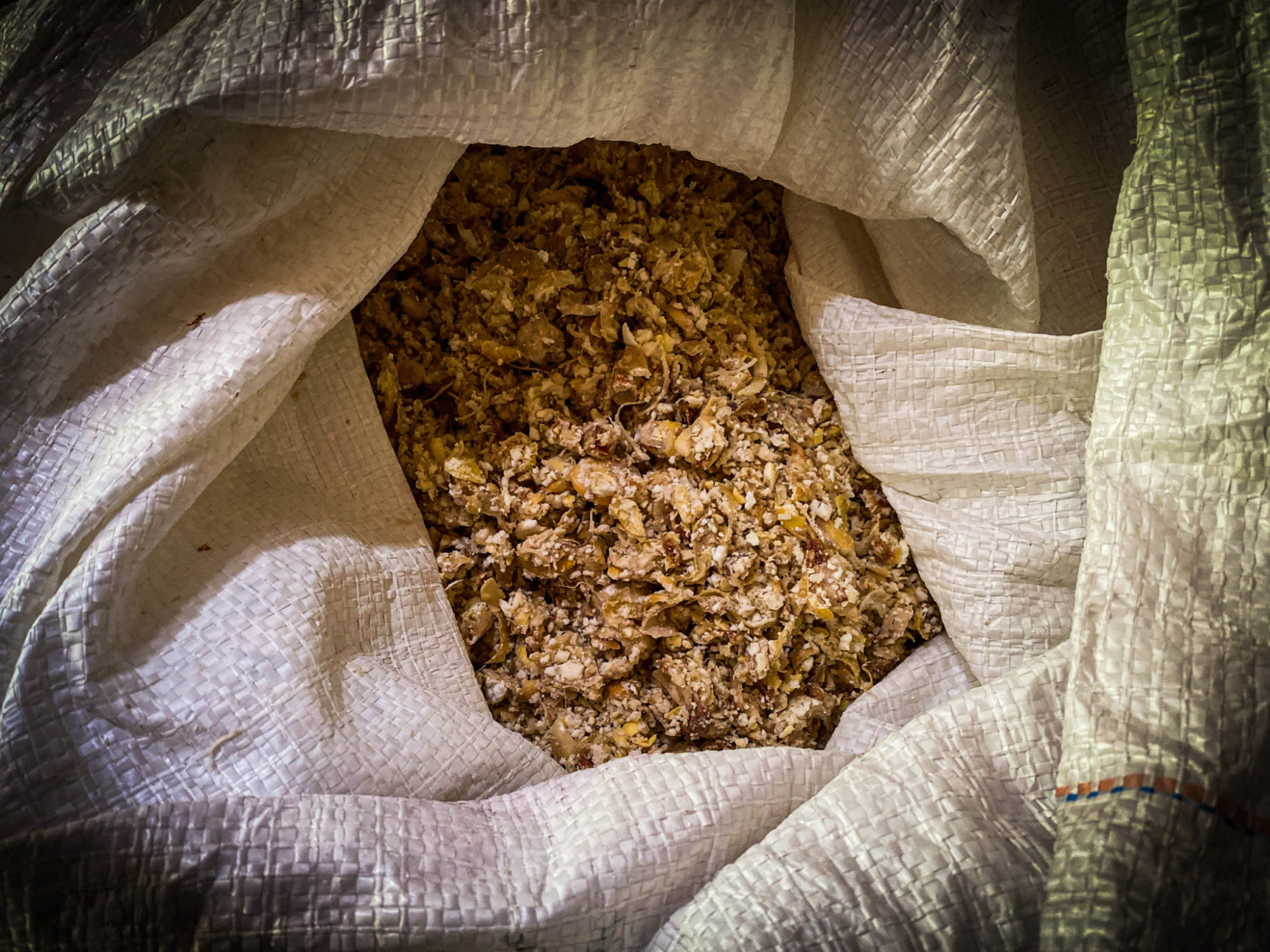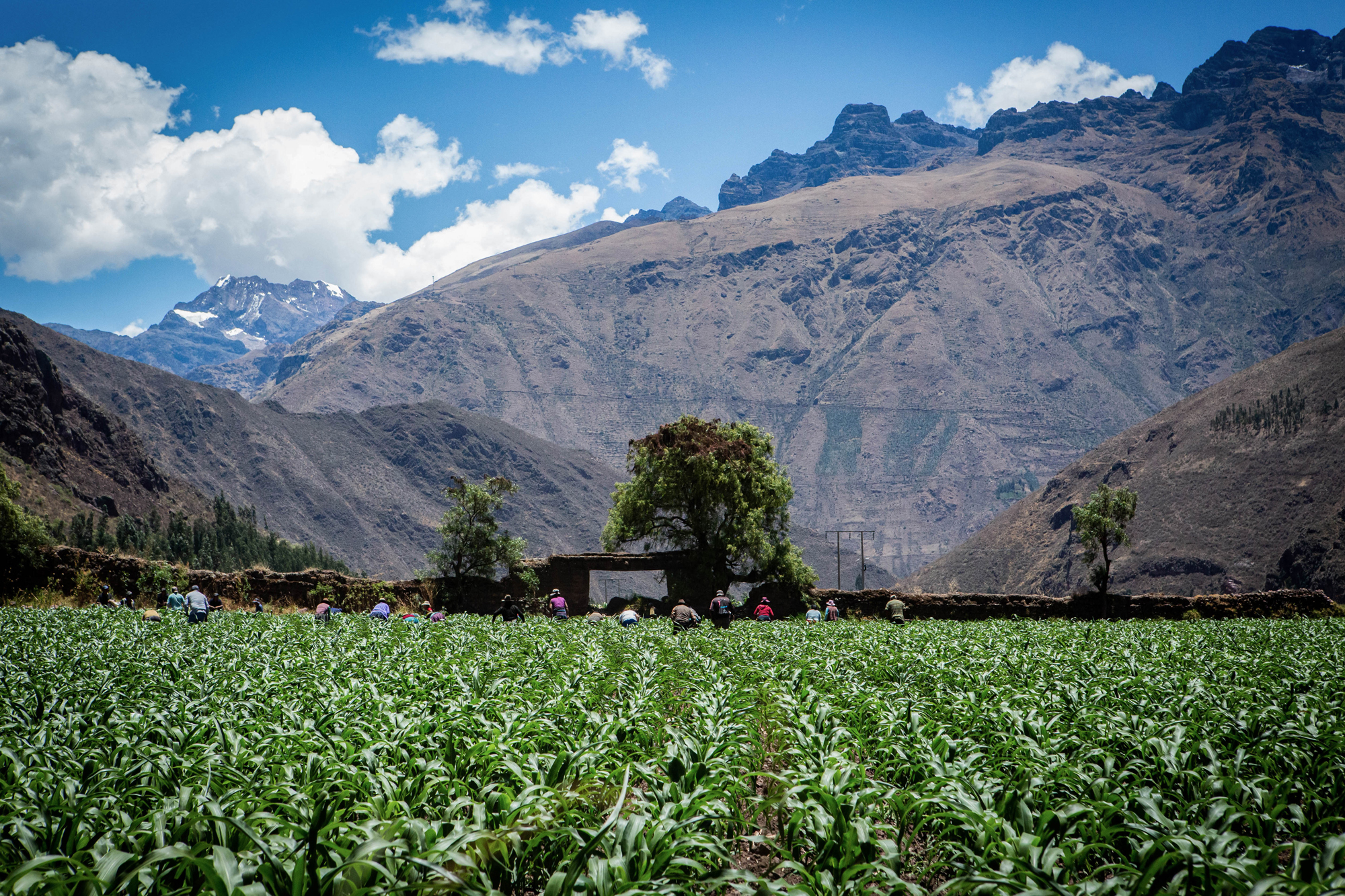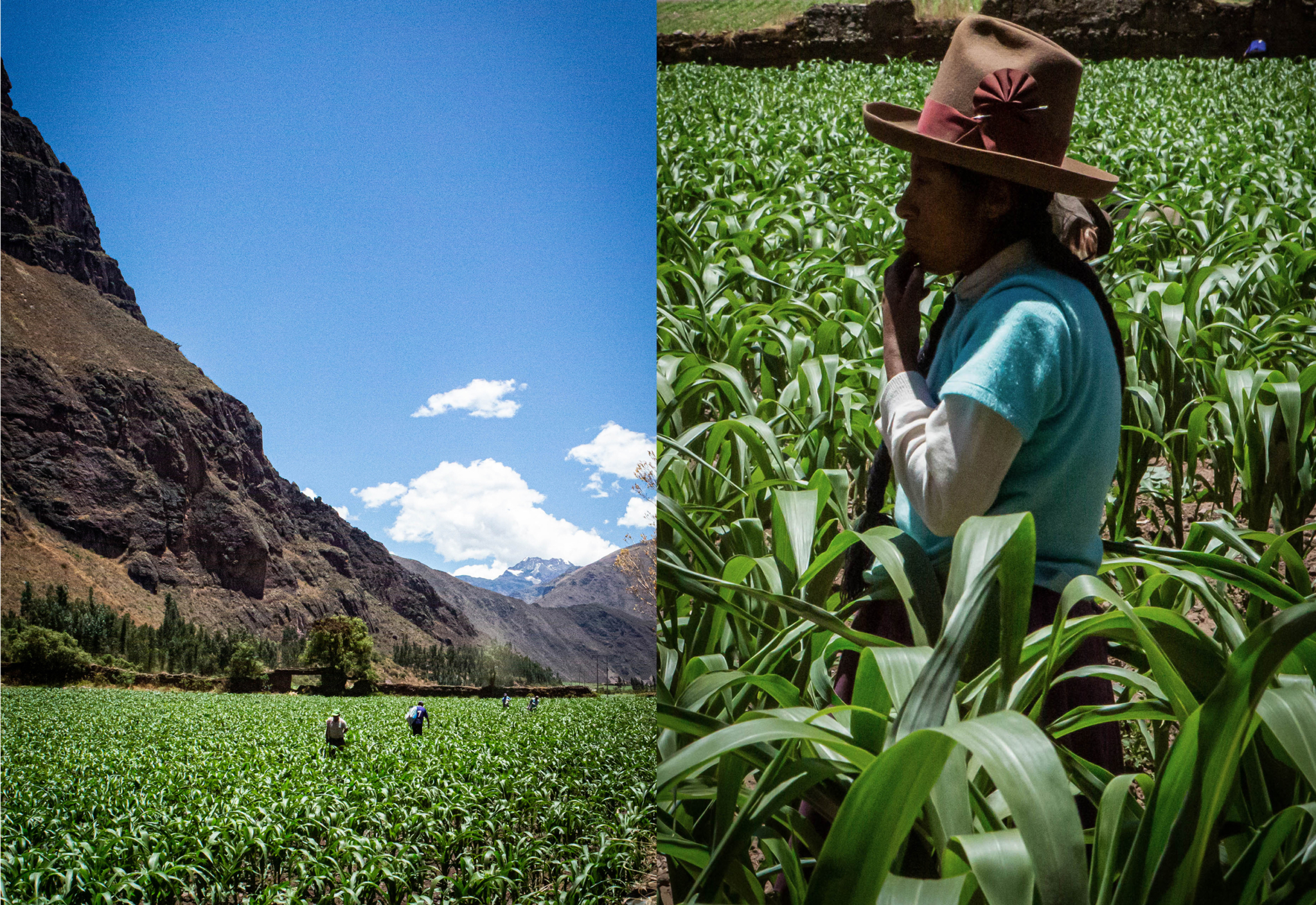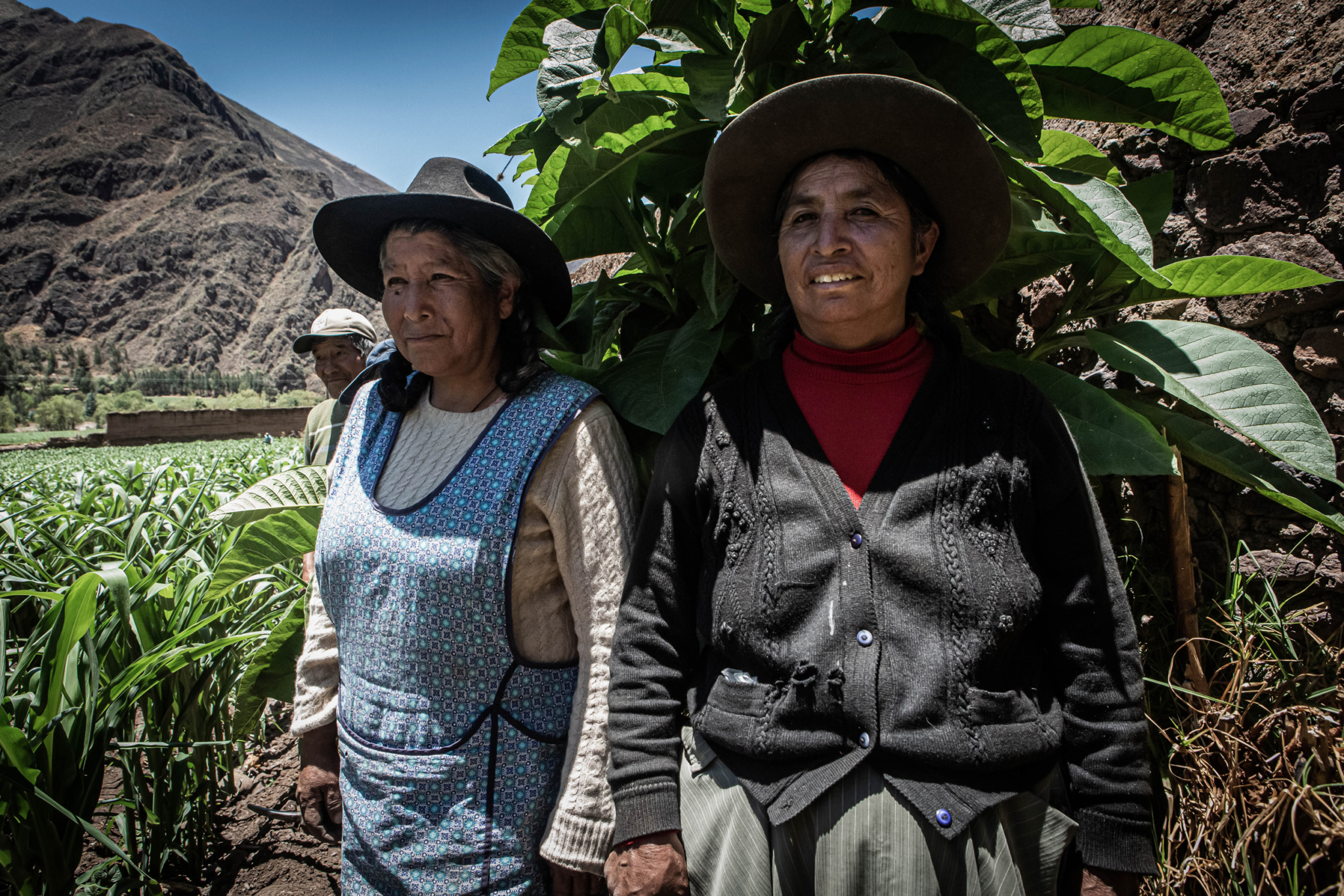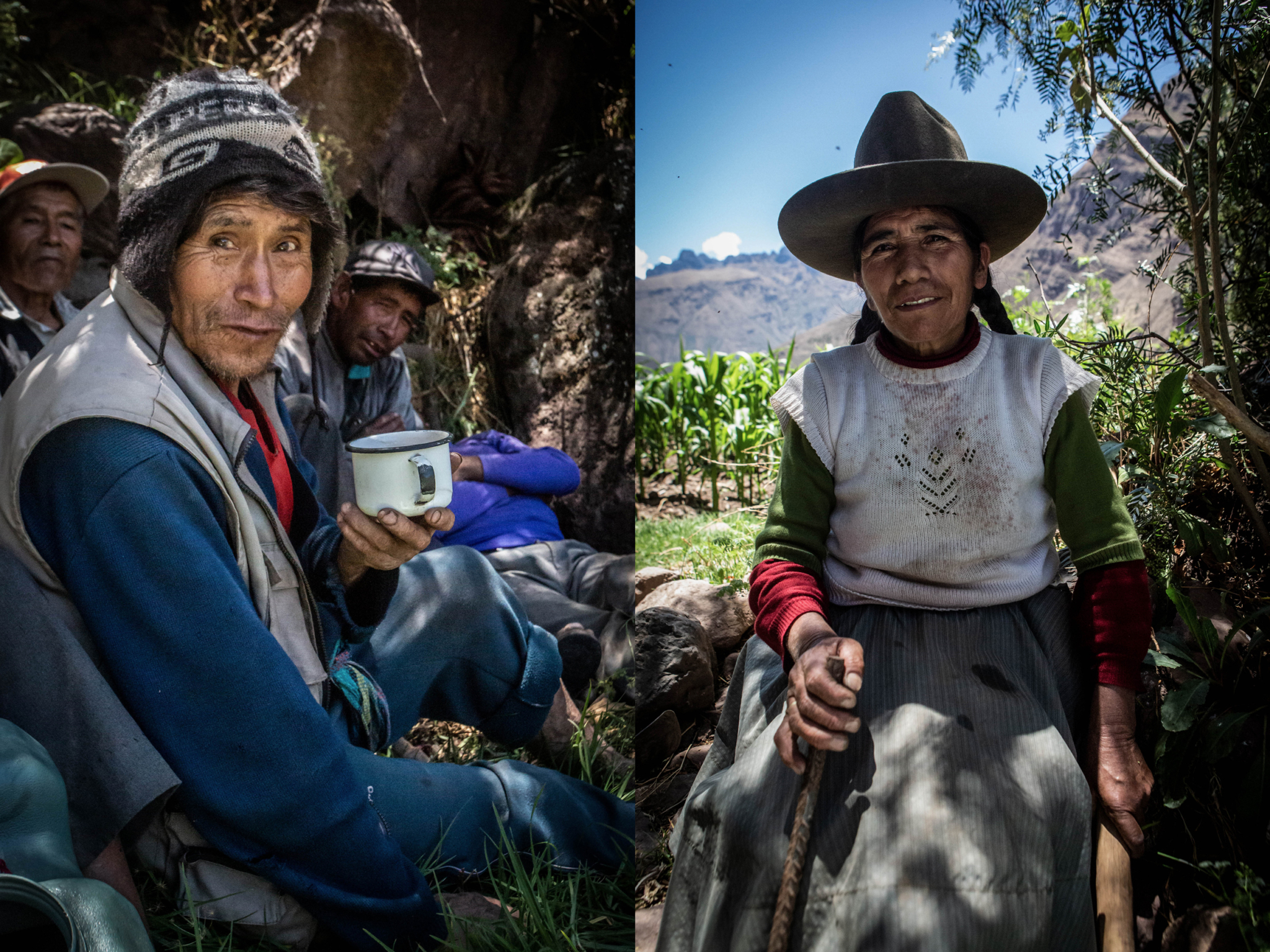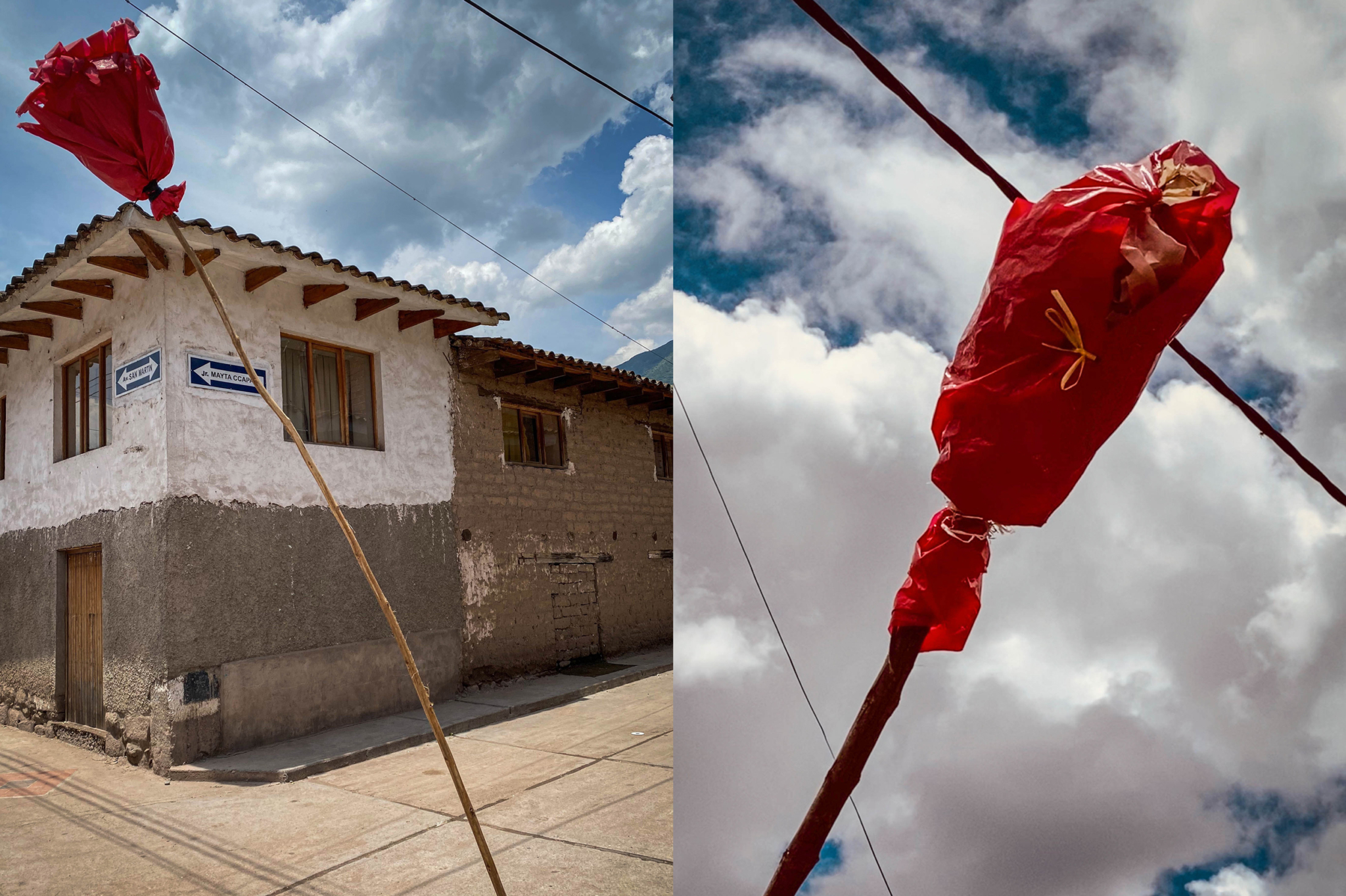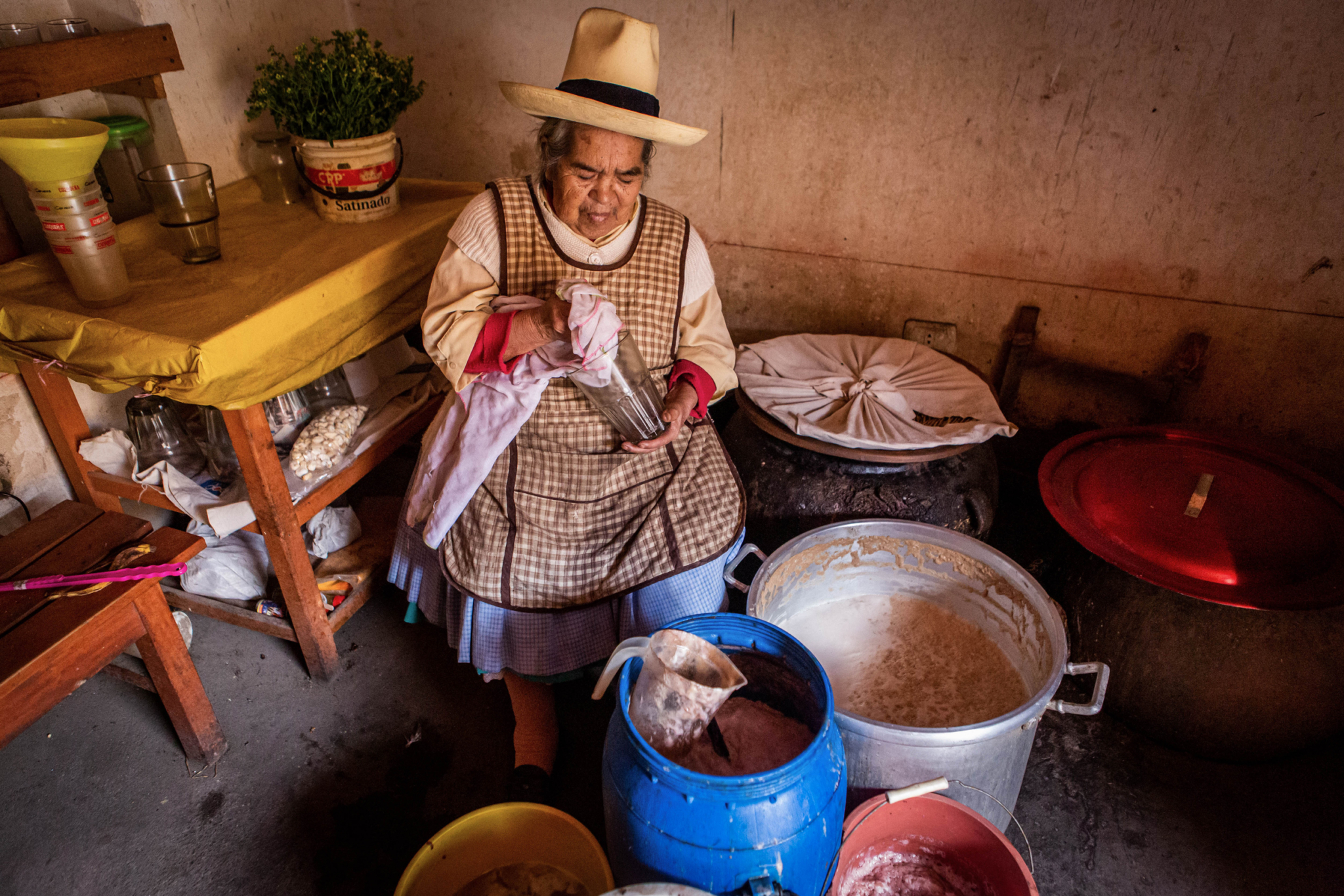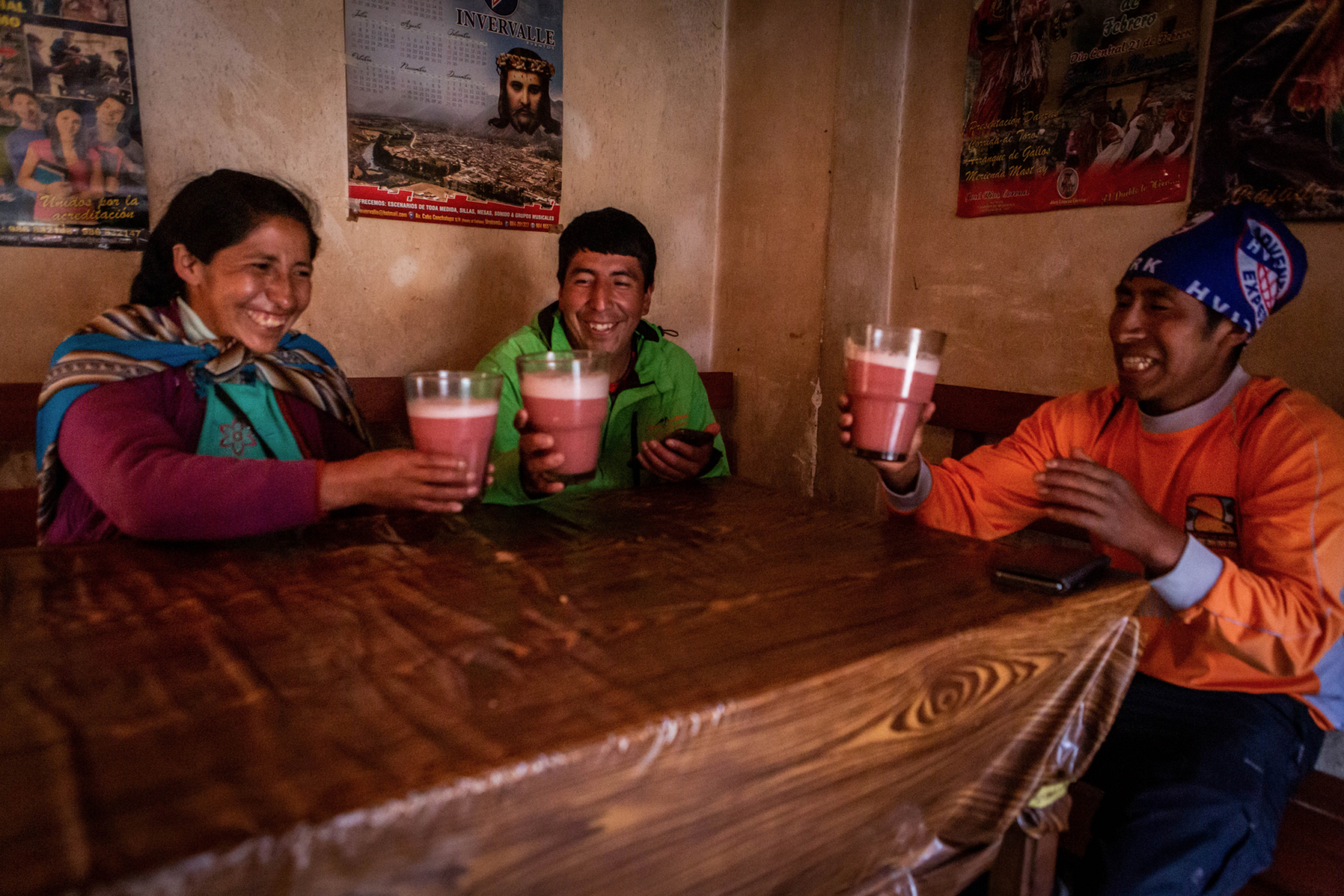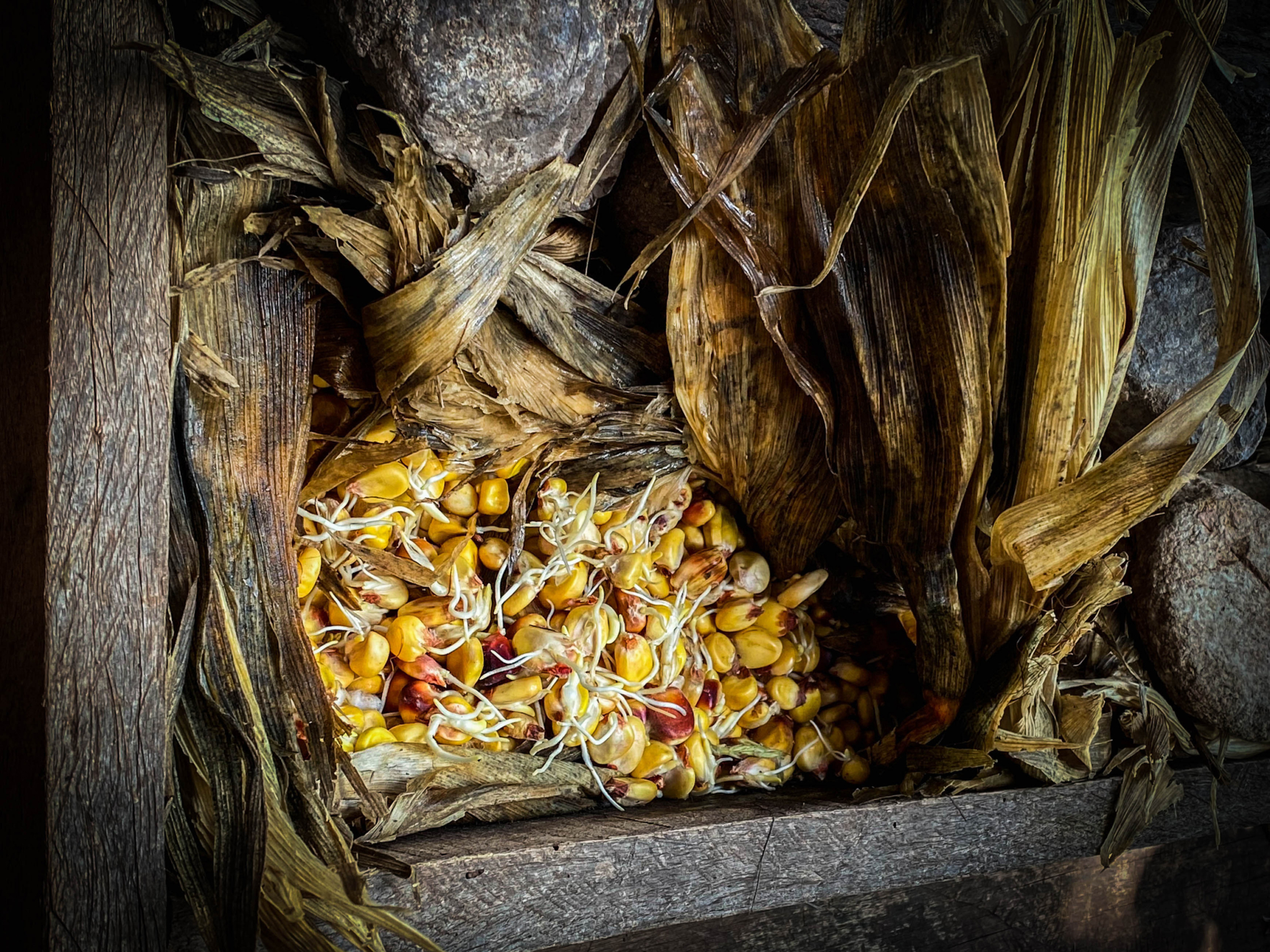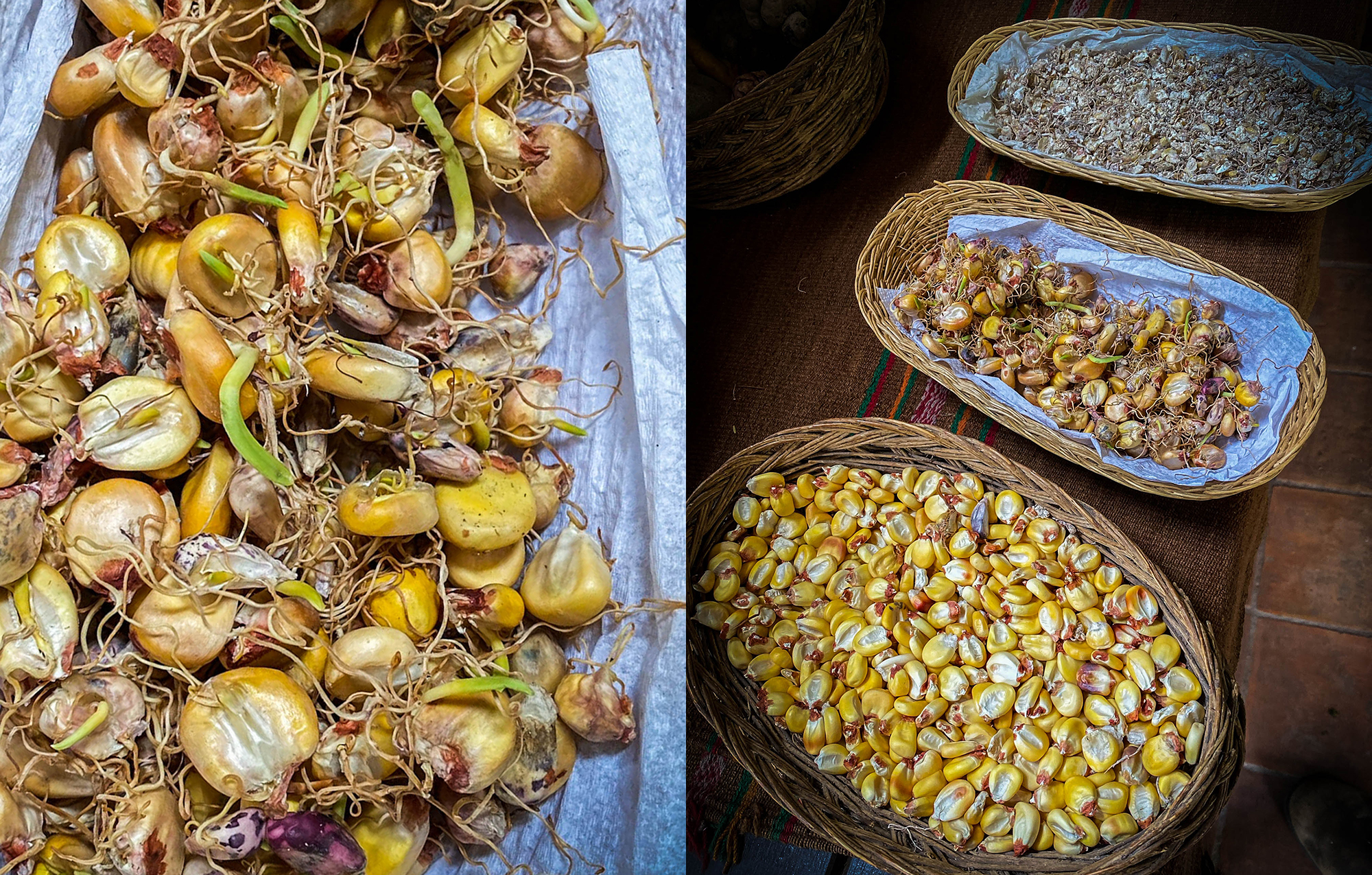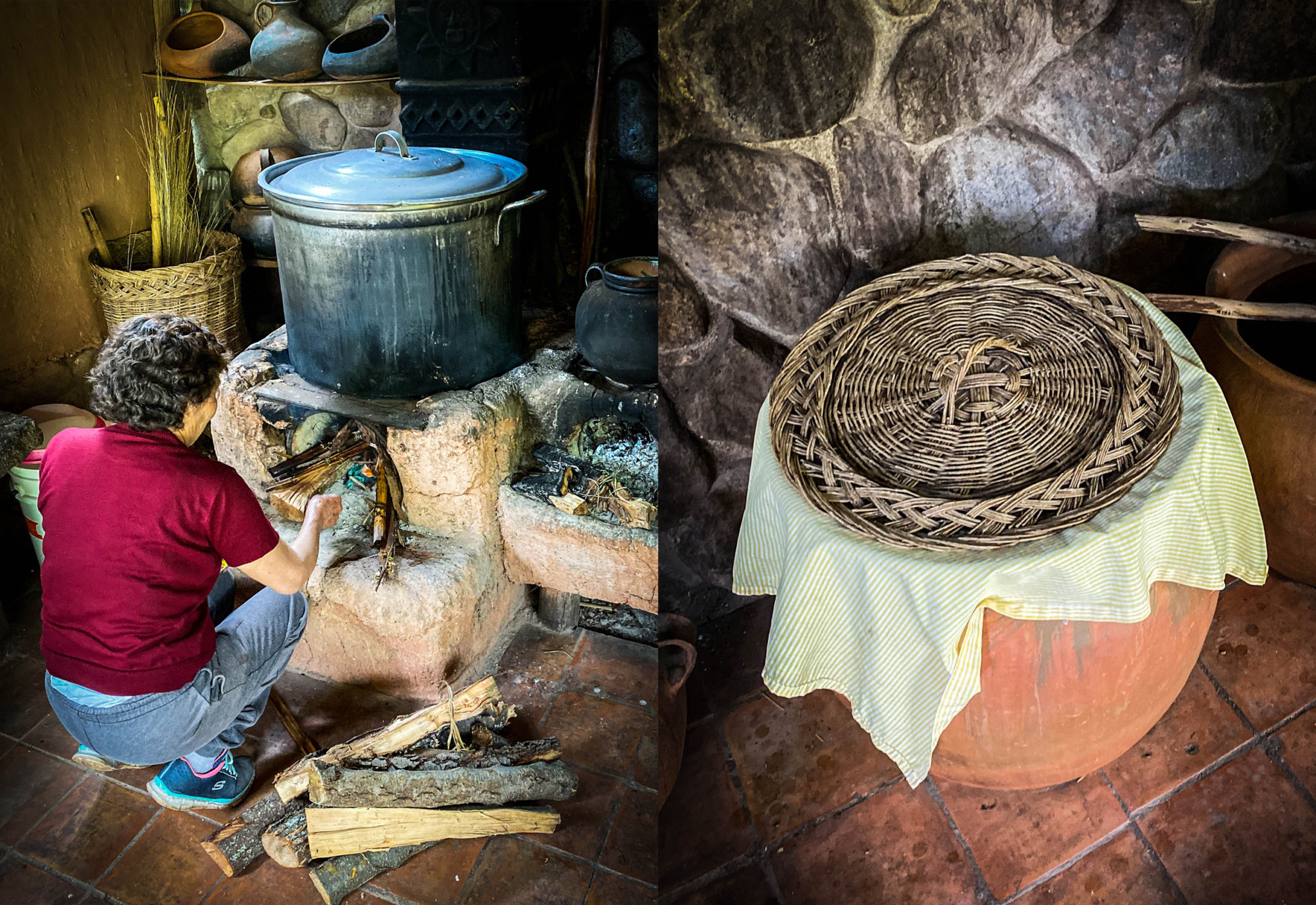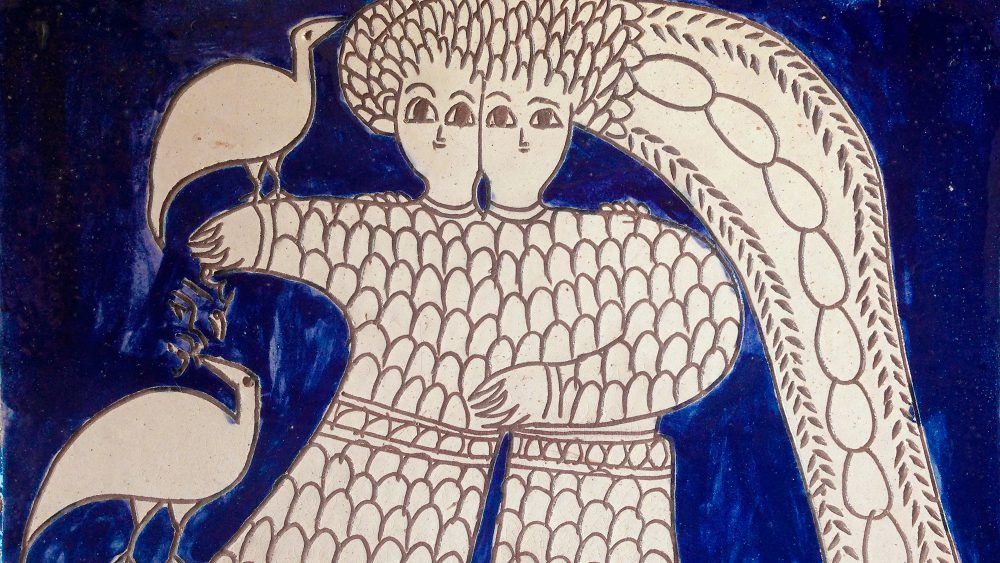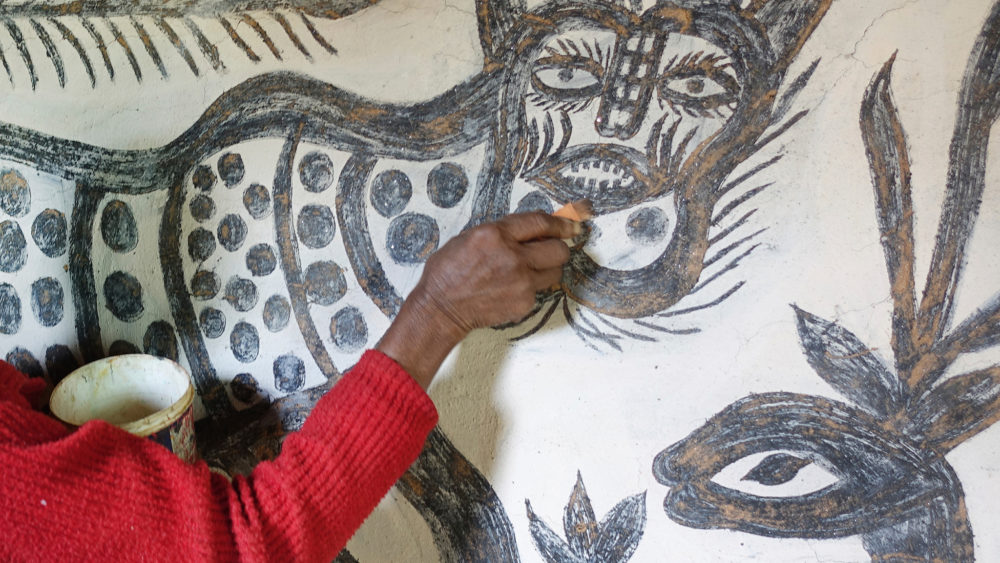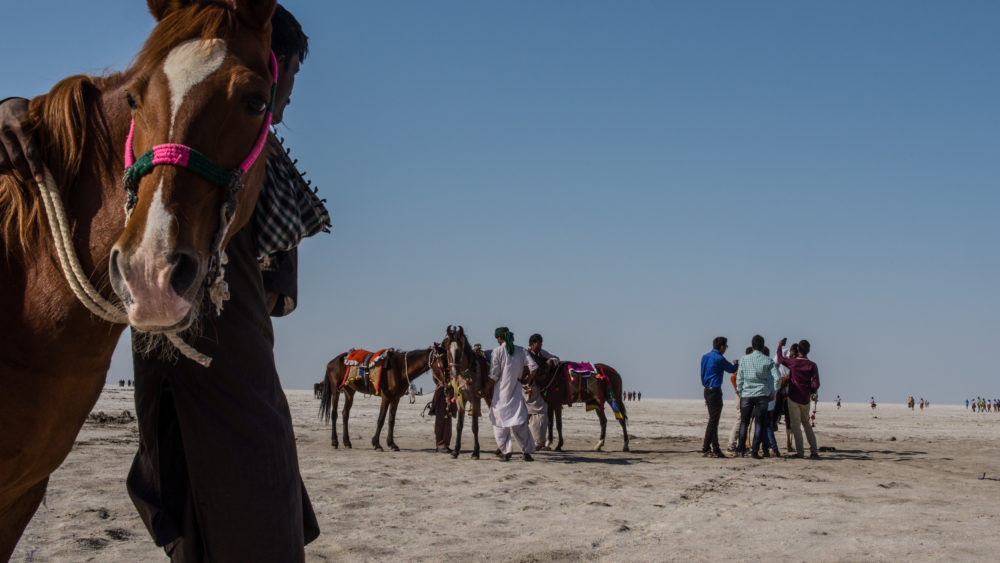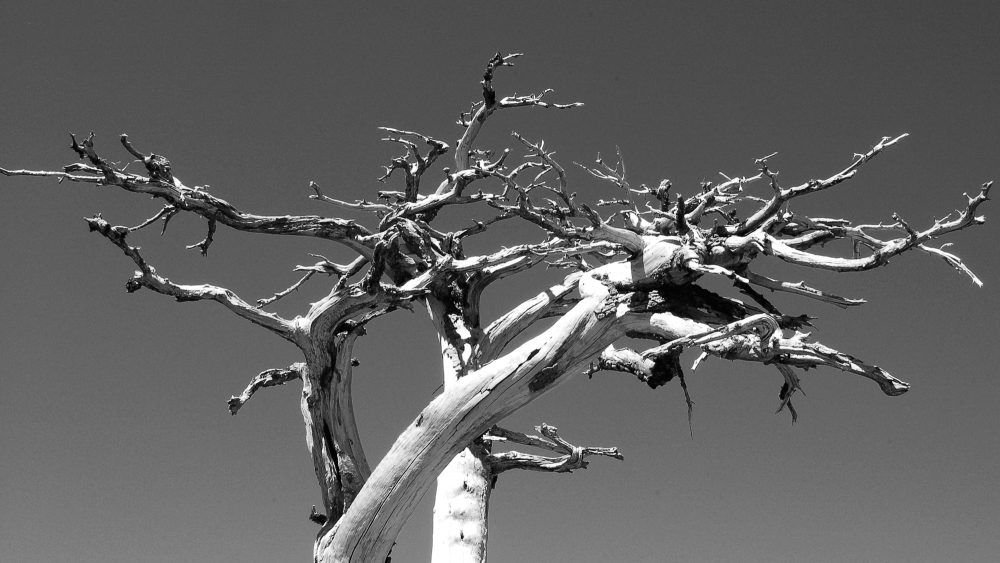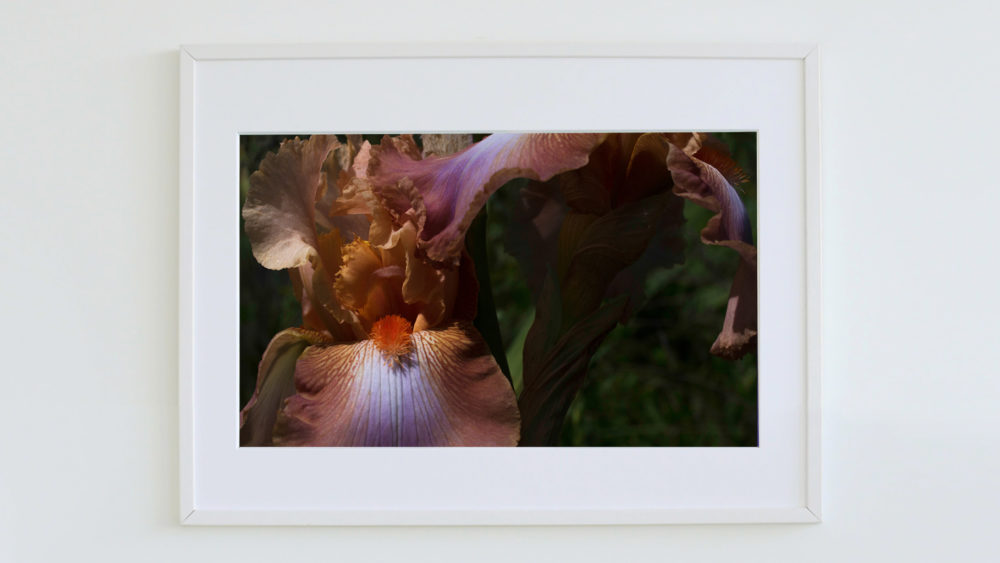The cultivation of maize, the golden crop of the Americas, had a profound impact in the rise and development of pre-Columbian civilizations. The dietary and cultural preeminence of this staple crop has not diminished in Peru, even 500 years after the Spanish conquest and the eventual demise of the Inca empire.
Chicha de jora, a millenary brew obtained from the fermentation of Peruvian corn or choclo, continues to be prepared artisanally following age-old recipes and methods, especially in the highlands of the Sacred Valley. It is the drink of choice for all types of gatherings and celebrations and a testament to the resiliency of Andean customs and traditions.
The corn harvest as well as the production of chicha have since ancient times been the exclusive task of women, a duty performed under the gaze of Mama Sara, the goddess of maize.
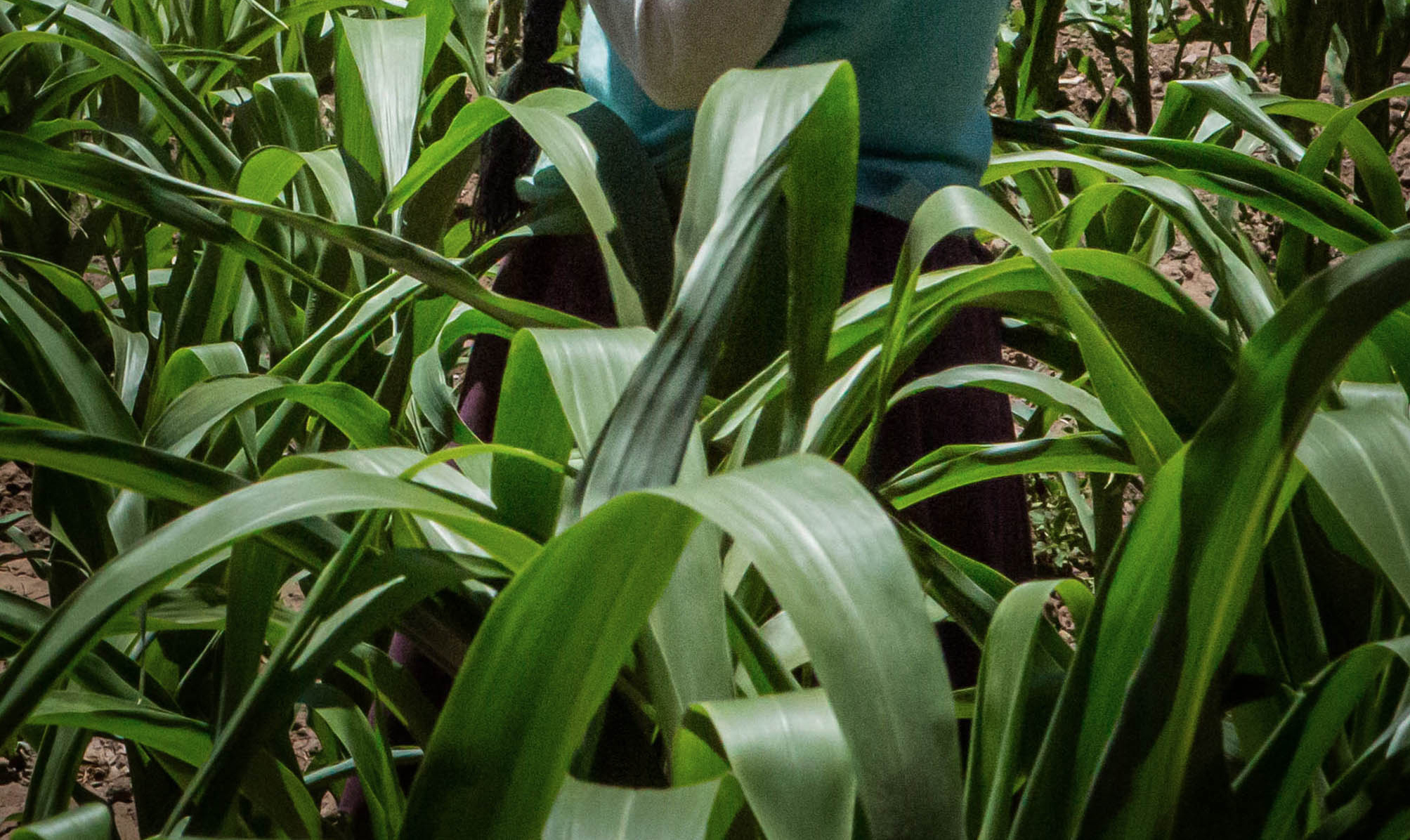
To enjoy the full story, become a Member.
Already a Member? Log in.
For $50/year,
+ Enjoy full-length members-only stories
+ Unlock all rare stories from the “Moowon Collection”
+ Support our cause in bringing meaningful purpose-driven stories
+ Contribute to those in need (part of your membership fee goes to charities)

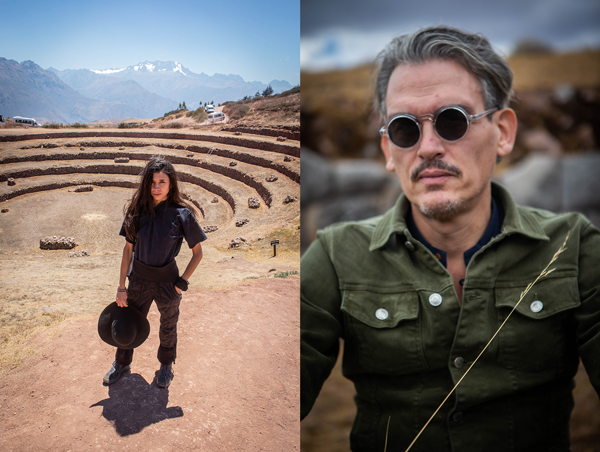
Lorena Sánchez began her career behind the lens in her native Bogotá, where she specialized in street portraiture and the underground music scene. After moving to New York City ten years ago, she completed her photography studies at the School of Visual Arts (SVA). Passionate for travel, Lorena’s eye has been focusing on photographing out-of-the-grid communities and collaborative societies. These include series on Colombia’s LLanero cow herders and the California Desert outcast community of Slab City.
Jorge Luis Rodriguez is a TV news producer based in New York City, working for United Nations Television. His work has taken him to many of the world’s hotspots, where he has covered issues ranging from international peace and security to natural disasters. He spent six months in West Africa documenting the international response to the Ebola outbreak in 2014-2015. During his career, he has interviewed dozens of international newsmakers, including political figures, scientists and business leaders, as well as many artists and celebrities. In 2018 he authored and published the graphic novel “Partagás, Los Últimos Días de la Dictadura.”
EDITING: COPYRIGHT © MOOWON MAGAZINE / MONA KIM PROJECTS LLC. ALL RIGHTS RESERVED.
PHOTOS: COPYRIGHT © LORENA SÁNCHEZ. ALL RIGHTS RESERVED.
TEXT: COPYRIGHT © JORGE LUIS RODRIGUEZ. ALL RIGHTS RESERVED.
TO ACQUIRE USAGE RIGHTS, PLEASE CONTACT US at HELLO@MOOWON.COM
